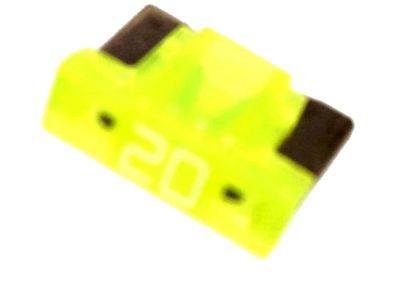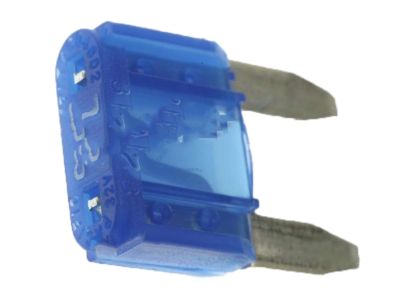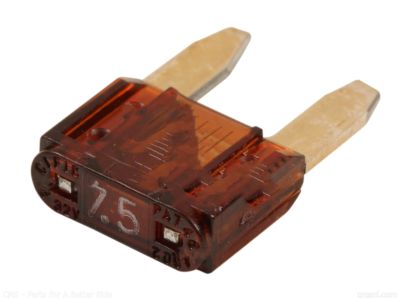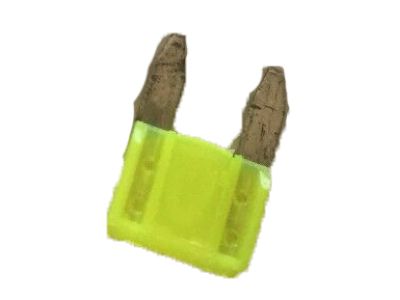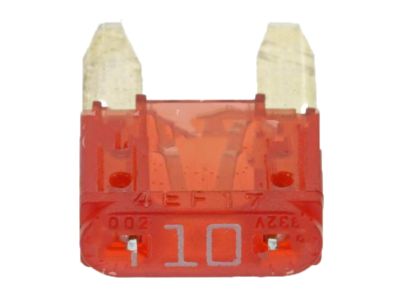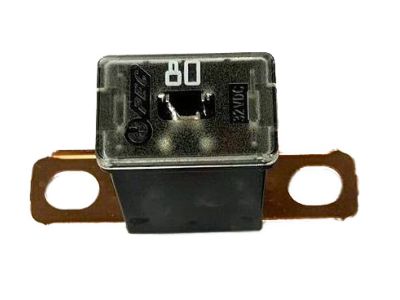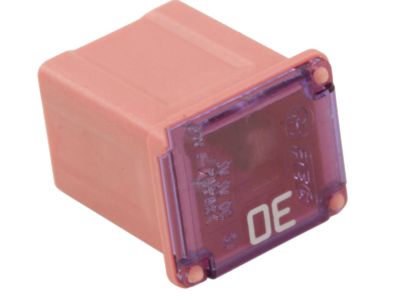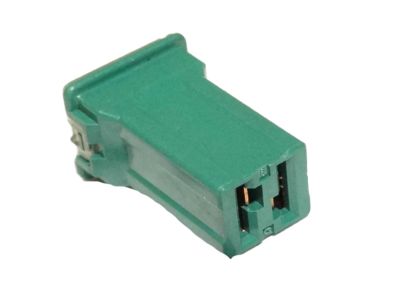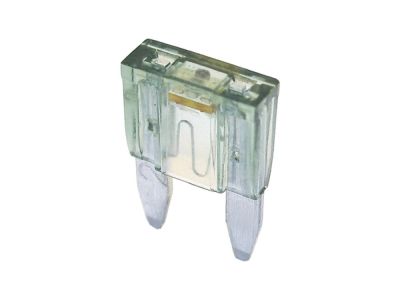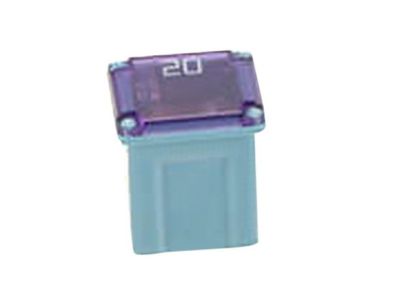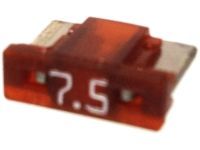×
- Live Chat
- 1-888-984-2011

My Garage
My Account
Cart
Genuine Honda Fit Fuse
Circuit Fuse- Select Vehicle by Model
- Select Vehicle by VIN
Select Vehicle by Model
orMake
Model
Year
Select Vehicle by VIN
For the most accurate results, select vehicle by your VIN (Vehicle Identification Number).
25 Fuses found
Honda Fit Fuse B, Multi Block (40A/50A)
Part Number: 38232-SDA-A01$6.88 MSRP: $9.72You Save: $2.84 (30%)
| Page 1 of 2 |Next >
1-20 of 25 Results
Honda Fit Fuse
In search of affordable OEM Honda Fit Fuse? Consider browsing through our extensive inventory of genuine Honda Fit Fuse. Not only do we provide market-leading prices and a manufacturer's warranty, but we also pride ourselves on exceptional customer service and swift delivery.
Honda Fit Fuse Parts Questions & Experts Answers
- Q: How are the electrical circuits safeguarded and what steps should be taken when a fuse blows on Honda Fit?A: The electrical circuits of the vehicle are protected by fuses, circuit breakers, and fusible links, the main fuse/relay box is located in the engine compartment, on the driver-side side of the battery and the interior fuse/relay box is installed under the driver's side of the dashboard. They are the small fuses, the medium fuses, and the large fuses; the blades are all of the same terminal; with the medium and the large fuses being easily pulled out by hand, while the small fuses have to be removed by the use of a pair of pliers or by a small plastic fuse-puller instrument. After turning on on a lighting component for instance, if it does not light, the fuse has to be checked first, use of test light to check for power at the terminal tips; if power is confirmed on one side of the fuse but not the other the fuse is blown and can also be confirmed by checking the element in-between the terminals. It is also very important to ensure in the right type of fuses to replace the blown ones, as may be tempting to use whatever would fit physically into the fuse base; this arrangement is not advisable; every circuit needs special protection and this is denoted by the amperage value printed on the body of the fuse. If a replacement fuse goes off as soon as possible, the problem that has caused the fuses to burn out frequently is usually a short circuit occasioned by faulty wiring and should be corrected. Some circuits are fused using fusible links, especially those not fused or not likely to carry heavy current, such as the one between the alternator and starter motor; these can be replaced with one of the same amperage after disconnecting the negative battery terminal, and if the new fusible link is blown, then the circuit needs to be debugged before fitting another. Circuit breakers protect individual circuits such as a power window or a heated seat and may usually clear on its own after an overload implying for a while that it has failed; if it does not restore, it's a sign that it needs immediate examination. For basic tests, the circuit breaker can just be gently pulled out of its slot to enable the use of voltmeter; sometimes there will be voltages present at one end only, in such instances; the breaker should be replaced, more so if some exhibit signs of needing to be reset manually.
